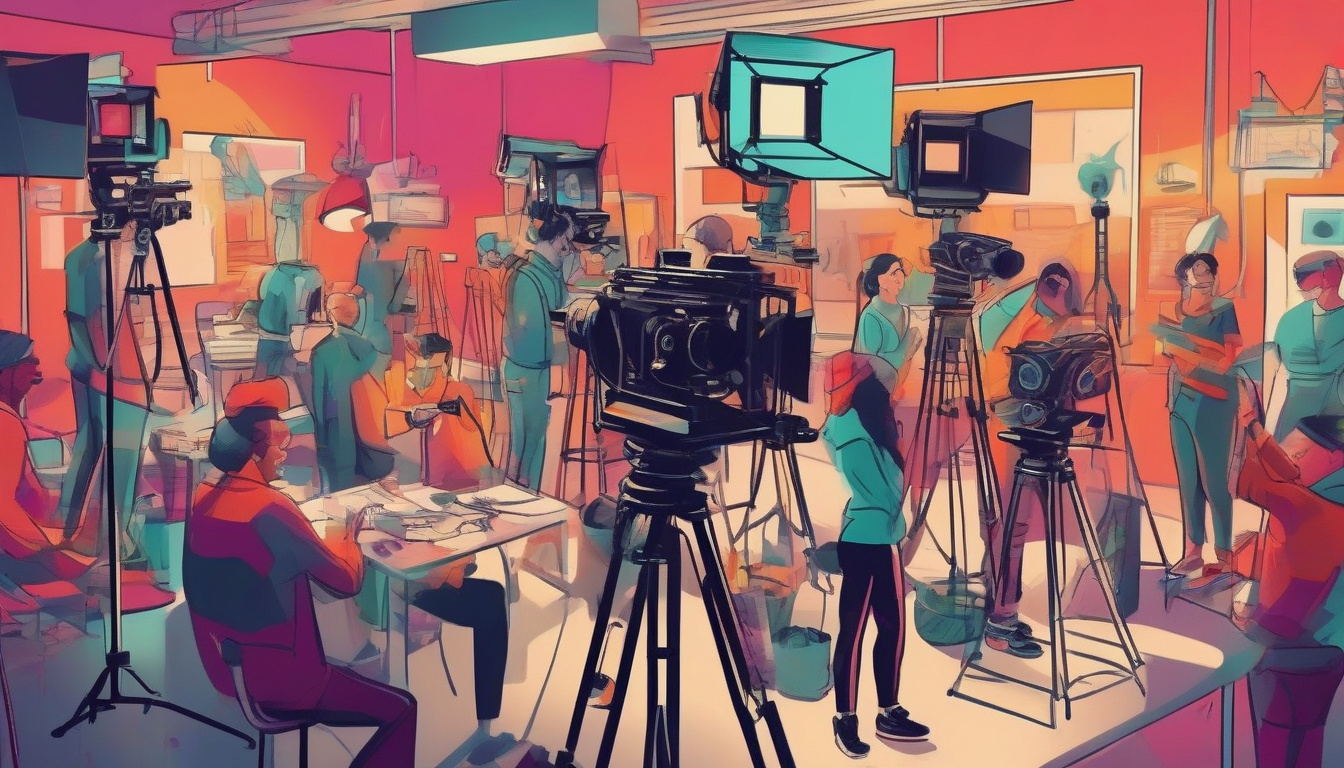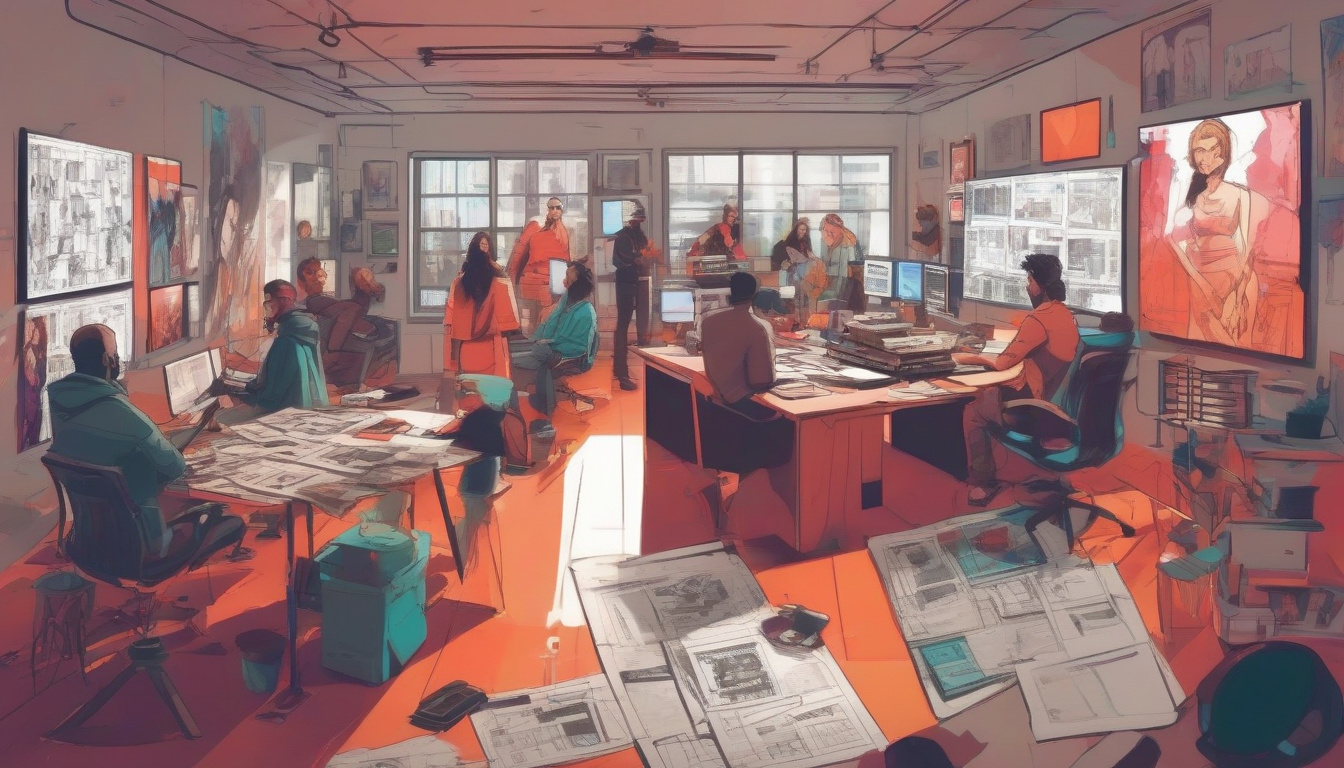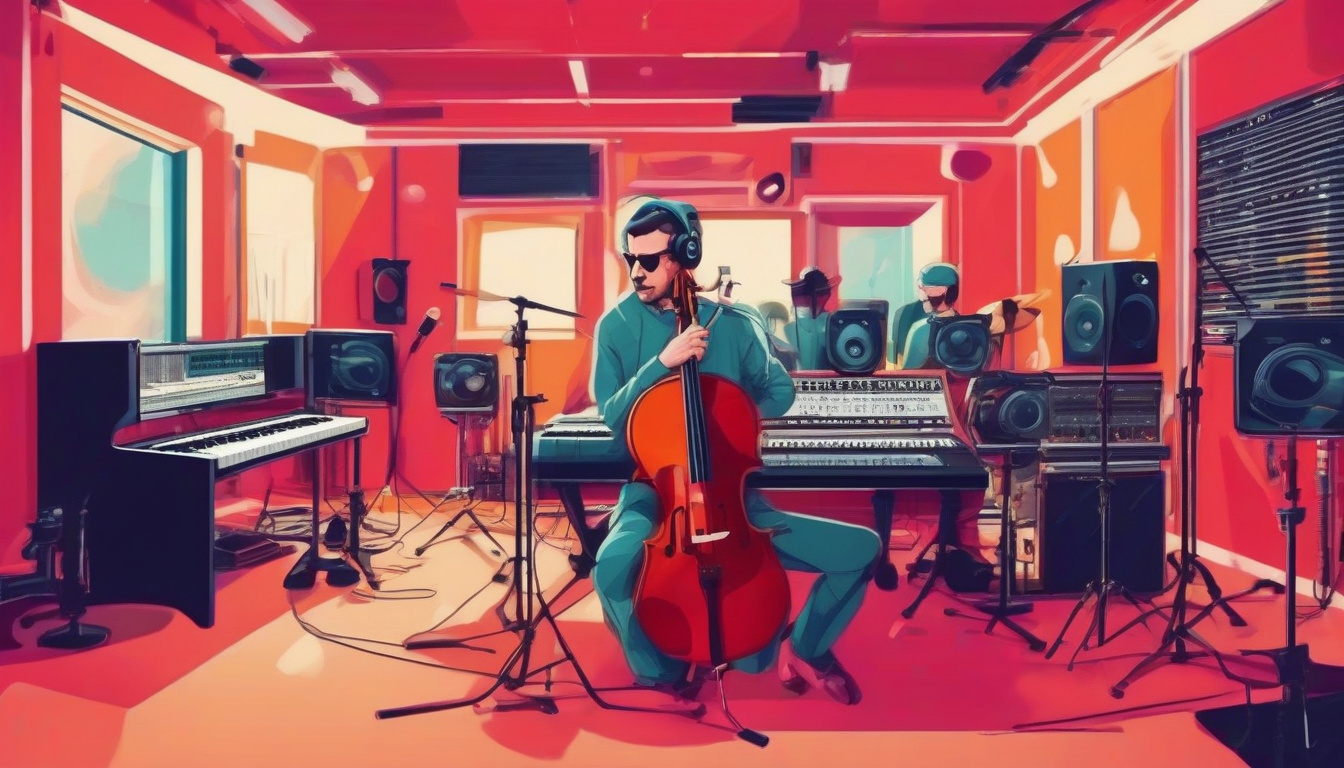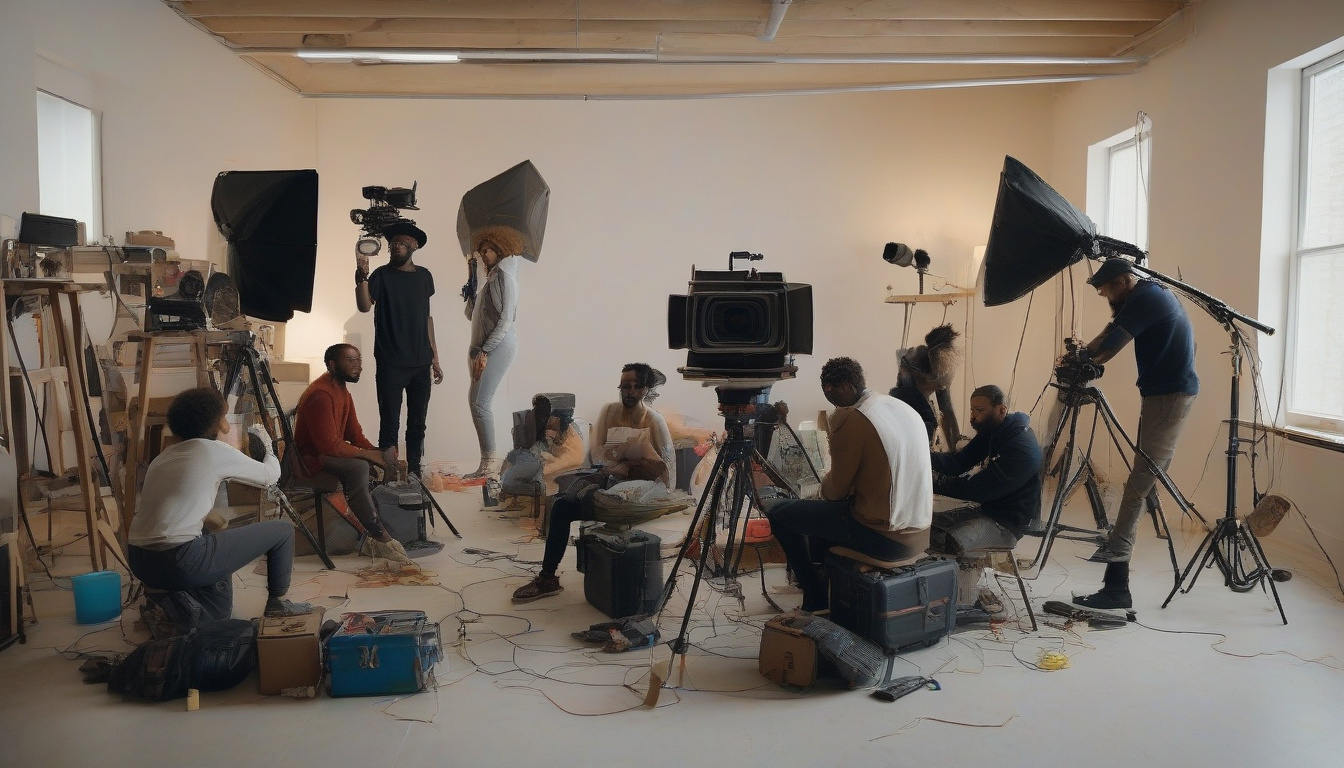Brapping Laughs from Stage to Screen: A Screenwriter’s Guide
Transitioning from writing humorous plays for the stage to crafting comedy for the screen might seem like a natural progression, but it is filled with unique challenges and opportunities. Comedy, inherently subjective and diverse in its appeal, requires a deft touch when moving from the live, interactive environment of theater to the varied platforms of television and film. This guide provides essential tips for screenwriters aspiring to make audiences laugh not just in rows of seats, but in living rooms and cinemas around the world.
Understand the Medium’s Impact on Humor
First and foremost, it’s crucial for screenwriters to understand how humor translates differently on stage versus on screen. The stage offers immediacy, a shared experience among audience members that can amplify the comedic effect. Screen comedy, in contrast, might be consumed in solitude, requiring the humor to stand on its own without the contagious laughter of a live audience. To adapt, screenwriters must ensure their comedic timing is impeccable and that visual gags, dialogue, and situational comedy are universally understandable, anticipating a wider and more diverse audience.
Adapting to Visual Storytelling
Theater often relies on dialogue to carry its weight, with limited sets and visual elements. Screen comedy, however, opens up a vast array of visual storytelling possibilities. Screenwriters should exploit this by visualizing their jokes, employing physical comedy, and taking advantage of diverse locations and sets to enhance the humor. This doesn’t mean overshadowing the script’s witty dialogue but complementing it with visual cues that can make a scene exponentially funnier.
Condensing the Narrative
Stage plays can afford to be verbose; they’re built on dialogue and character development over long stretches of uninterrupted time. Screen comedies, particularly films, don’t have this luxury due to time constraints and the audience’s shorter attention spans. Screenwriters must learn to condense their narratives, distilling their stories to their essence while maintaining a brisk pace that keeps the audience engaged. Every scene, line, and even every word counts more in screenwriting, tasked with moving the story forward or delivering a punchline.
Expanding Your Toolbox
Moving to screenwriting allows for exploration and incorporation of elements not typically found in stage plays. These include voice-overs, flashbacks, cutaway gags, and non-linear storytelling — each offering new ways to structure jokes and comedic situations. The ability to show the audience something the characters don’t know, for example, adds a layer of irony and humor that’s harder to achieve on stage. Screenwriters should embrace these tools, understanding their unique comedic power when used effectively.
Character Development and Arcs
While character development is fundamental in all forms of storytelling, the screen offers opportunities to explore characters’ arcs in more varied and visually impactful ways. Remember, characters on screen need to be compelling enough for viewers to invest in their journey from the comfort of their home. This means creating relatable, flawed characters that grow and learn in ways that are both heartwarming and humorous, thus keeping the audience hooked to their arcs throughout the series or film.
Feedback and Revision
The immediacy of audience reactions in theater provides instant feedback for playwrights, allowing for real-time adjustments and refinement. For screenwriters, this feedback loop is less direct, often coming through test screenings or after the release. It’s vital, therefore, to seek out early and diverse feedback during the writing process, being open to revisions that can sharpen the humor and make the narrative tighter and more effective. Engaging with a writers’ room, if working in television, or collaboration with directors and producers, can provide invaluable insights.
Transferring the kinetic energy of live comedy to the screen demands not just a shift in format, but a nuanced understanding of the mechanics of humor and narrative. By considering the unique constraints and possibilities of screen media, screenwriters can carve out successful careers in comedy, making audiences laugh in ways that are both surprising and delightfully familiar.






